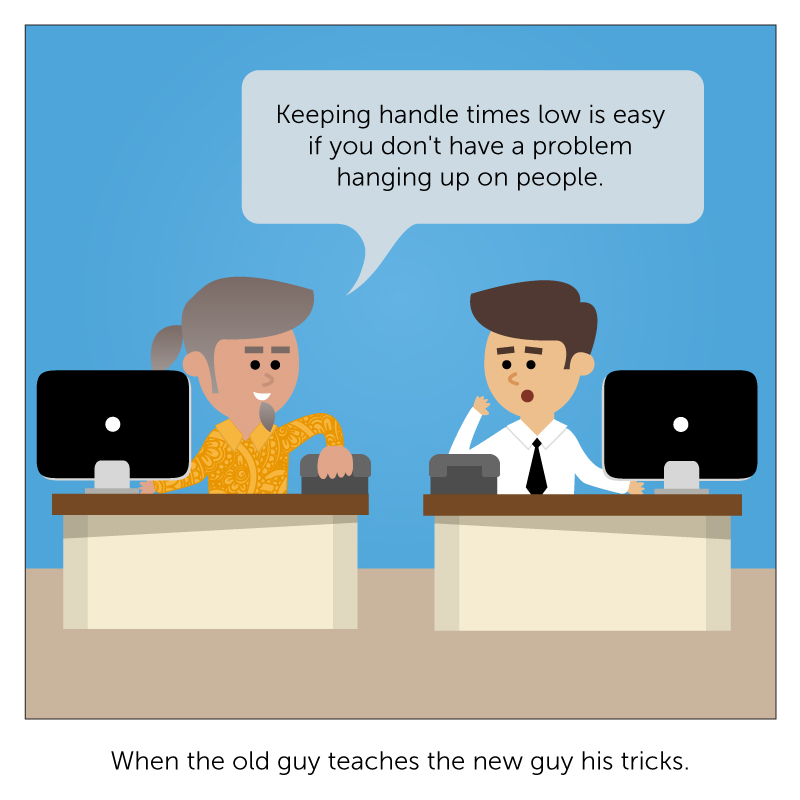Not too long ago, if you needed a loaf of bread, you went to the local bakery. Without even asking, the shopkeeper, who was often the owner, knew what you wanted and would even have your loaf bagged and ready for checkout. He or she might ask about how your family’s doing or let you know that the bakery would be having a sale on your favorite dessert that week. You valued the personalized service and wouldn’t think of shopping at any other bakery.
Now you buy your loaf of bread at a chain supermarket, a big box retailer, or even online. More than likely, you rarely chat with the individual behind the counter, much less the owner. But with the rise of Big Data, this sort of customer relationship is returning. While the concept remains a big buzzword for many, smart companies are continuing to see Big Data as an invaluable business asset that not only helps provide better service for customers, but also improves business outcomes.
But while many companies are beginning to recognize that Big Data can be a great resource to improve customer experience, they are still unsure of how to actually use this data to create stronger, longer-lasting relationships with their customers.
Last week, I wrote on this topic for Data Informed. The article cites a recent study developed by Arizona State University’s W. P. Carey School of Business, which showed that although businesses today are spending more resources on customer-care programs, consumers in the United States are less happy than ever with the things they’re buying. A few critical findings from the study:
“The percentage of people reporting customer problems jumped from 32% in 1976 to 45% in 2011, and then to 50% in 2013.”
“The number of households experiencing customer rage went up from 60% just two years ago to 68% this year.”
“Despite the ubiquity of the Internet, customers are still 11 times more likely to complain over the phone than on the Web.”
This disconnect between the growth of customer service programs and data-collection, and the significant drop in happy customers stems from four primary factors:
1. Chasing High Expectations
Technology is more advanced than ever today, and customers expect immediate results on everything from ordering a cab to buying a loaf of bread online. This heightened expectation means that companies must continually improve and adapt in order to meet customer demands, and do so very quickly.
2. The Hunt for Value
While Big Data is becoming a more mainstream resource for businesses in analyzing customer data, there is still a steep learning curve for companies as they turn all of this data into business results. The greater availability of data present today can be baffling for anyone who isn’t well acquainted with data analytics.
3. Agent Apathy
Call center agents hold a lot of influence when it comes to creating a great, or not so great, customer experience. Unfortunately, agents are not always working in an environment that motivates them to provide excellent service. A far too common downfall for contact centers is a hyper-focus on cutting costs in order to boost operational efficiencies, but that often means that agents are left uninspired to achieve any more than the bare minimum.
4. Lack of a Unified View
Nearly every interaction between customers and the contact center will pass through several different systems, from web to social, phone and chat. However, each of these systems collects, stores, and manages its own data separately, making it extremely challenging for businesses to get a holistic view of each of their customers, and their needs.
It’s very important to have strong customer retention strategies. Want to read my full article on how you can use data to build genuinely stronger, more meaningful, and more rewarding relationships with customers?
Check out the full story here.







